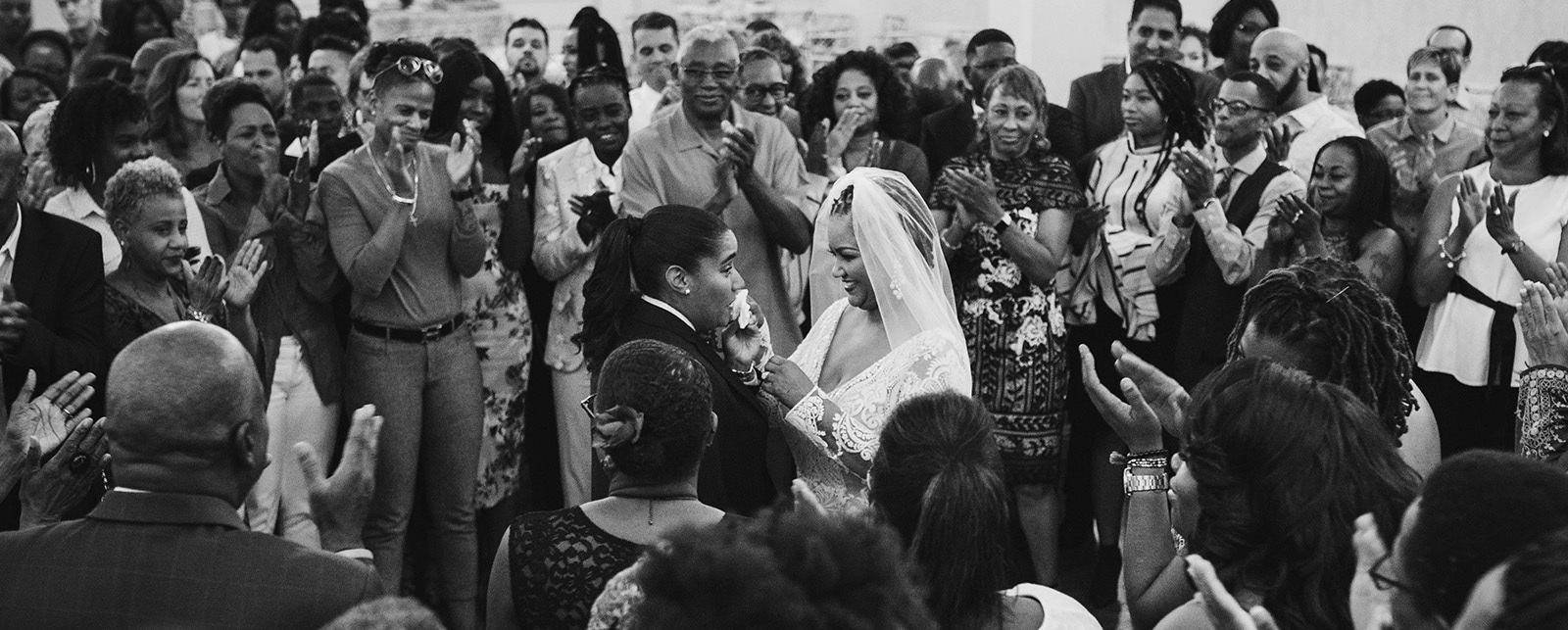

Art at work: measuring its impact and value.
From more wellbeing and productivity, to deeper cultures and connections, art in the workplace is making a world of difference.
When it comes to building and designing the workplace, time, money, and energy are usually dedicated to high ROI-producing outputs – things that are easy to quantify and lead to more efficiency like insulation, acoustic paneling, and lighting. It’s easy to apply this same logic to a workplace’s FFE specifications. Things like height adjustable desks and conference tables with integrated power can all be used to measure a very surface level of employee productivity.
But along the path to maximizing efficiency, teams often overlook the importance of art in the workplace for the opposite reason. It’s simply hard to quantify a monetary ROI on art. Does that make workplace art any less valuable? According to recent studies and surveys, art in the workplace has more benefits and positive impact at work than we originally thought. In particular, artwork has shown to promote wellbeing, stimulate productivity & creativity, and support connection, community, & culture in workplaces that invested in incorporating art into their spaces.
Let’s take a look and see if the benefits of art in the office outweigh the costs. Spoiler alert: they usually do for the following reasons.
Reason #1: Art Promotes Wellbeing
Designing for health and wellbeing has been a cornerstone practice that has picked up significant traction in recent years. Organizations like WELL think of wellbeing through physical, emotional, and cognitive lenses. Designing for physical wellbeing is the easiest of three – there’s plenty of existing research and data supporting practices like proper ergonomics and choice and control in work postures.
Designing for emotional and cognitive wellbeing is more challenging. Neurodiversity and an individual’s perception of physical space is inherently subjective, making it difficult to prescribe a kit-of-parts to promote wellbeing through these lenses. However, more studies are emerging that show surprising correlations on how displaying art in workplaces can promote this deeper connection to employee wellbeing.
A survey and study performed by Exeter University’s School of Psychology on workplaces with integrated artwork collections showed overwhelming support for the positive impacts of art and its effects on emotional and cognitive wellbeing. Consisting of over 800 employees across 32 organizations, this survey showed that 78% agreed that artwork helps reduce stress, 64% agreed that artwork helps increase creativity and innovation, and 77% agreed that artwork helps encourage expression of opinions. That same study showed that 92% of female respondents stated that art affects their general well-being in the workplace, with 71% of male respondents in agreement.
Reason #2: Art Stimulates Creativity and Productivity
Art has the unique ability to illicit emotional responses. One individual’s response to artwork could be internal, prompting self-reflection and meditation, while others may have a more “outward” experience with art – feeling as though they’re transported to a mental space beyond themselves. This sensation of removing oneself from their immediate, physical surroundings helps stimulate creativity and productivity in the workplace.
Studies show art as an impactful visual stimulant. When featured in workplaces, artwork is oftentimes viewed as a “positive distraction,” prompting rituals like self-reflection and impromptu socialization. When looking at art as a stimulant, surveys have shown that viewers looking at artwork process information more effectively and share ideas and opinions more openly and freely. Being able to process faster and share more freely, while not measurable on a spreadsheet, ultimately contribute to an organization’s ability to innovate. And if that doesn’t increase the bottom line, nothing will.

Reason #3: Art Supports Connection, Community, and Culture
Many organizations communicate their culture and values through mission statements or core beliefs. Some use their physical workplaces to promote their organizational culture by creating programs and spaces like breakout areas for collaboration and socialization. But these efforts usually need to be taught to teams or explained in order to really work.
Art in the workplace, on the other hand, doesn’t require any formal explanation. Artwork can be strategically installed and displayed. Whether or not teams discuss the pieces, they instill specific emotional responses.
Art serves as an incredible medium to communicate organizational culture. For example, featuring pieces from artists in minority groups can help communicate a company’s connection to diversity and inclusivity. Or showing works centered around nature might help demonstrate an organization’s commitment to the environment. These are constant, powerful, and emotional reminders of what a company holds true, helping individuals feel more connected and united with their teams and leaders.
Will artwork’s ROI ever be fully, quantifiably measured in the workplace the same way that we measure energy efficiency? Maybe someday. But for now, forward-thinking and innovative organizations continue to see the benefits of artwork in the office. Some organizations start small by allowing teams to display personal artifacts – like photographs or pieces they’ve created on their own. Other organizations have started to invest more funds into their art and graphics budgets for their spaces. And while it’s still challenging to evaluate the monetary benefits, the perception of the importance of art work and the impact it can have in the workplace is starting to shift.
We are delighted to include the works of local artists in the Workplace 2030 Interactive Learning Center to encourage this discussion with our visitors, and we hope you can join us for a tour.
Photos by Cristal Veronica Photography